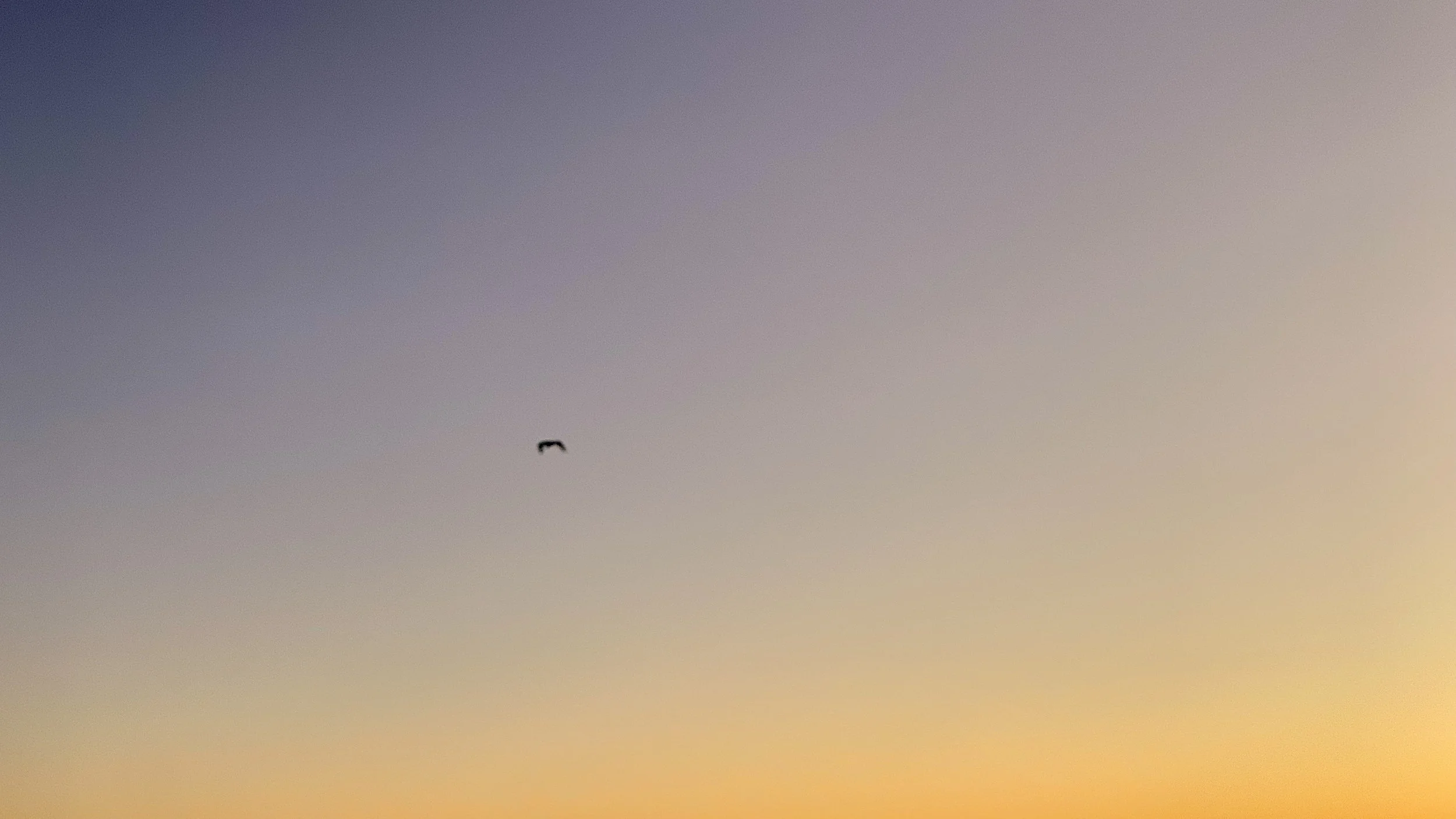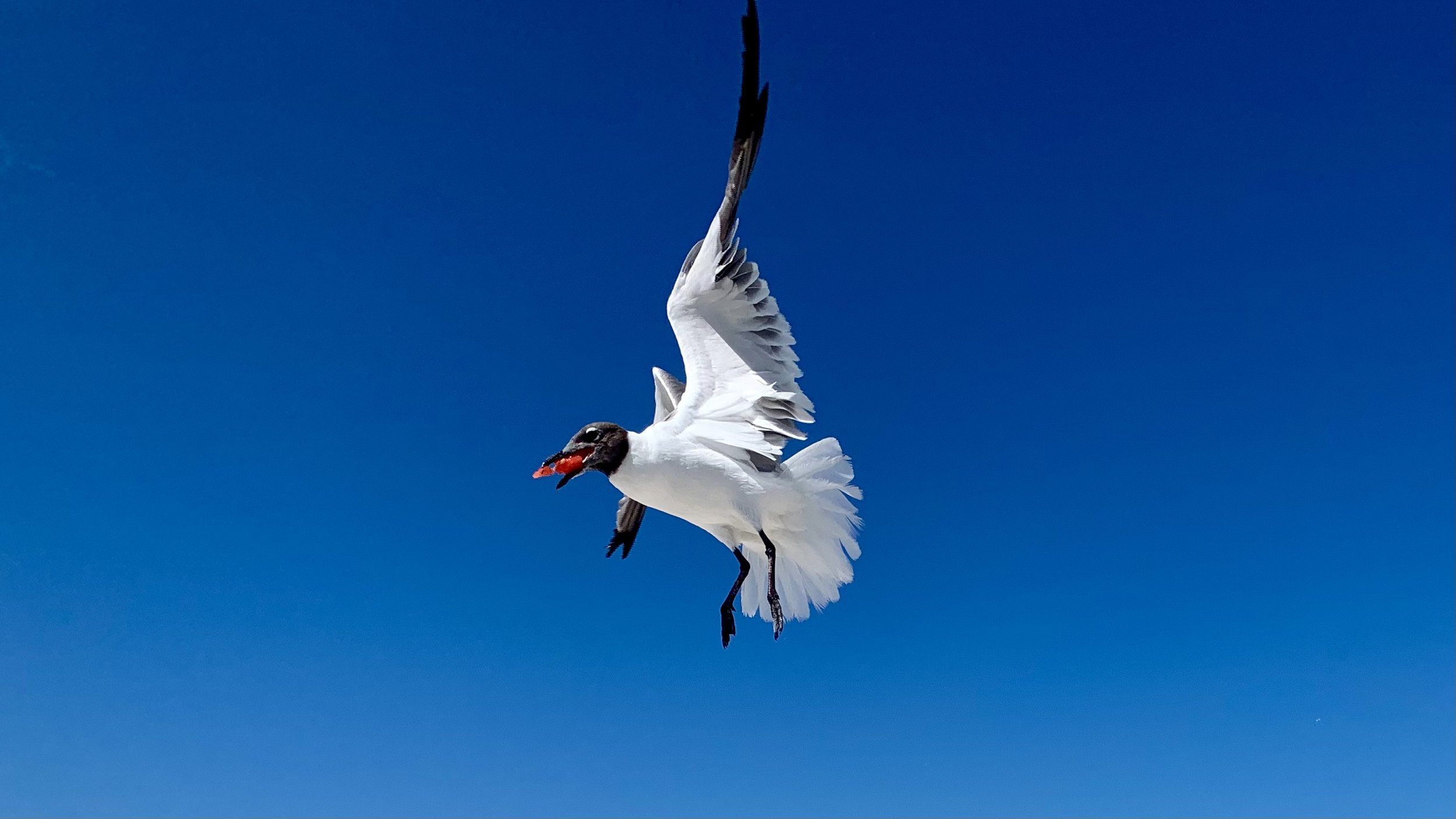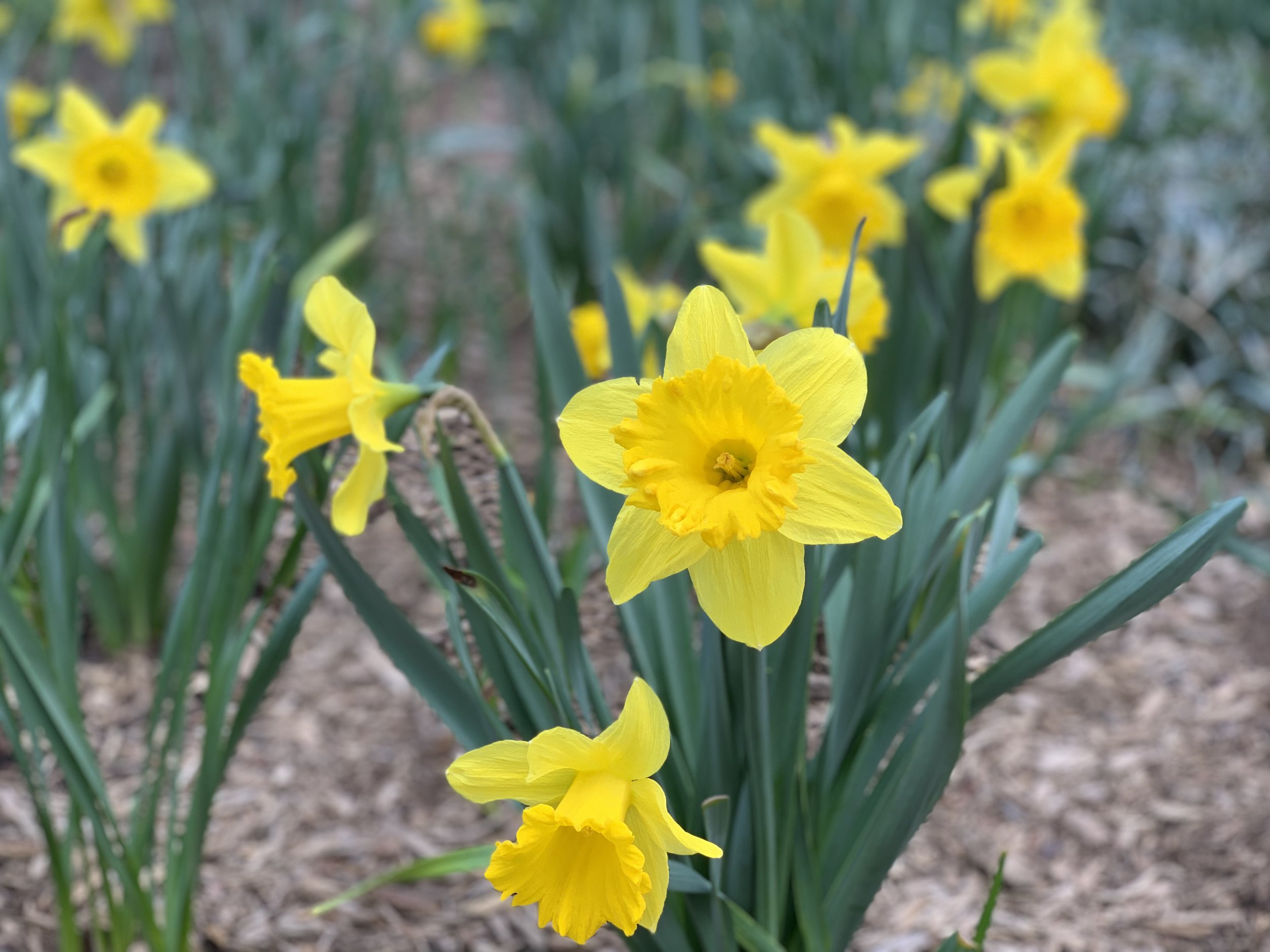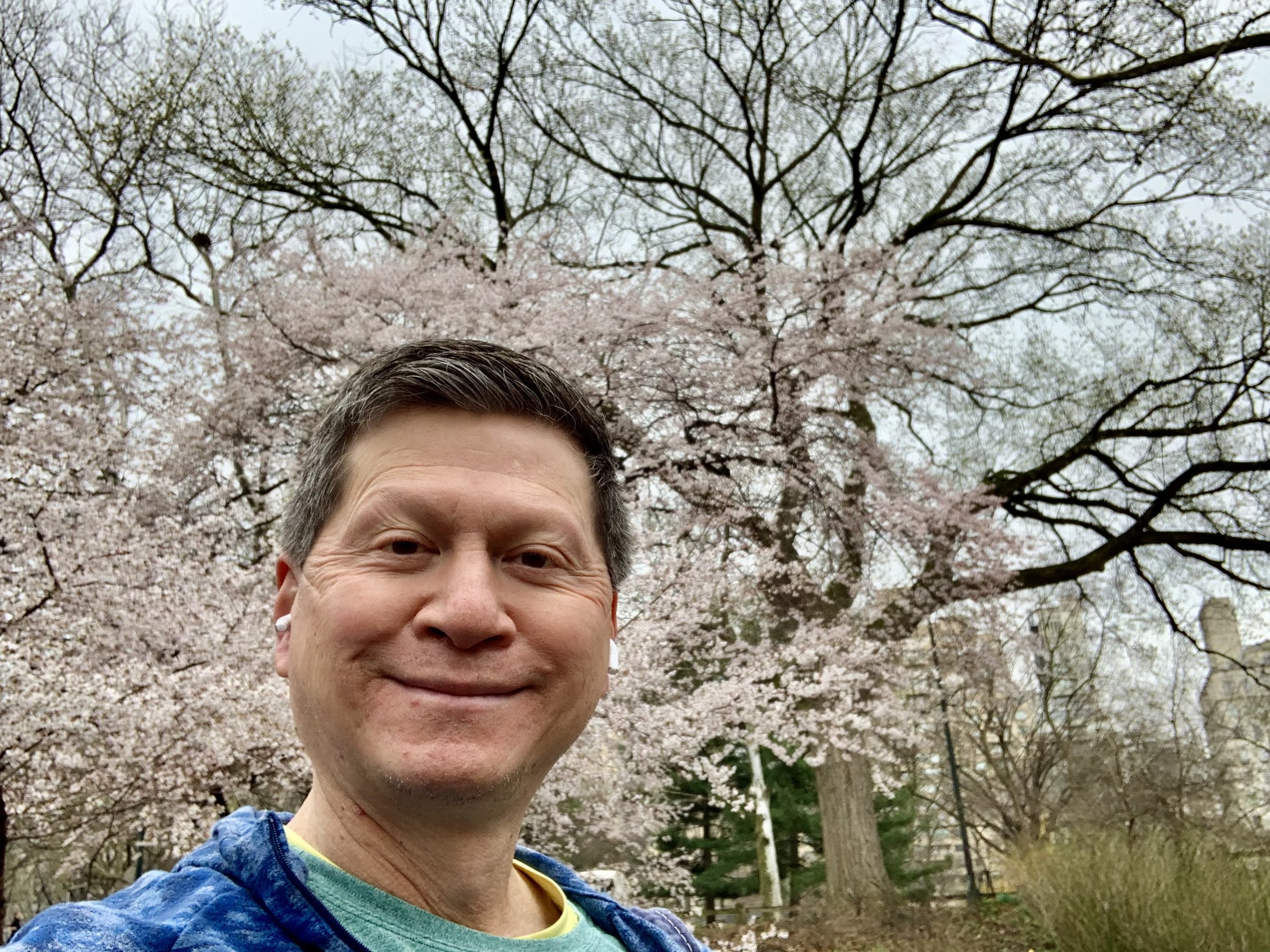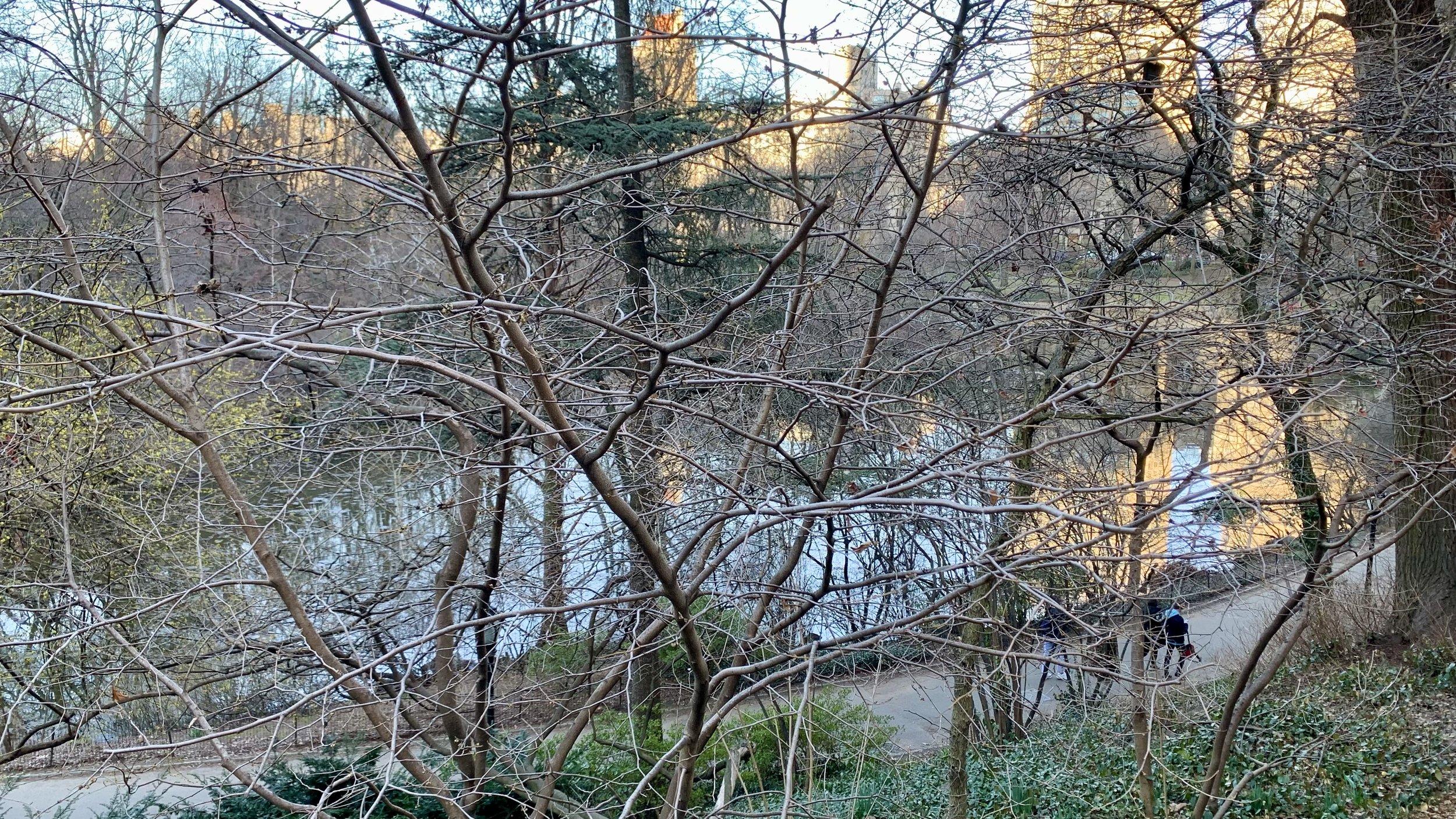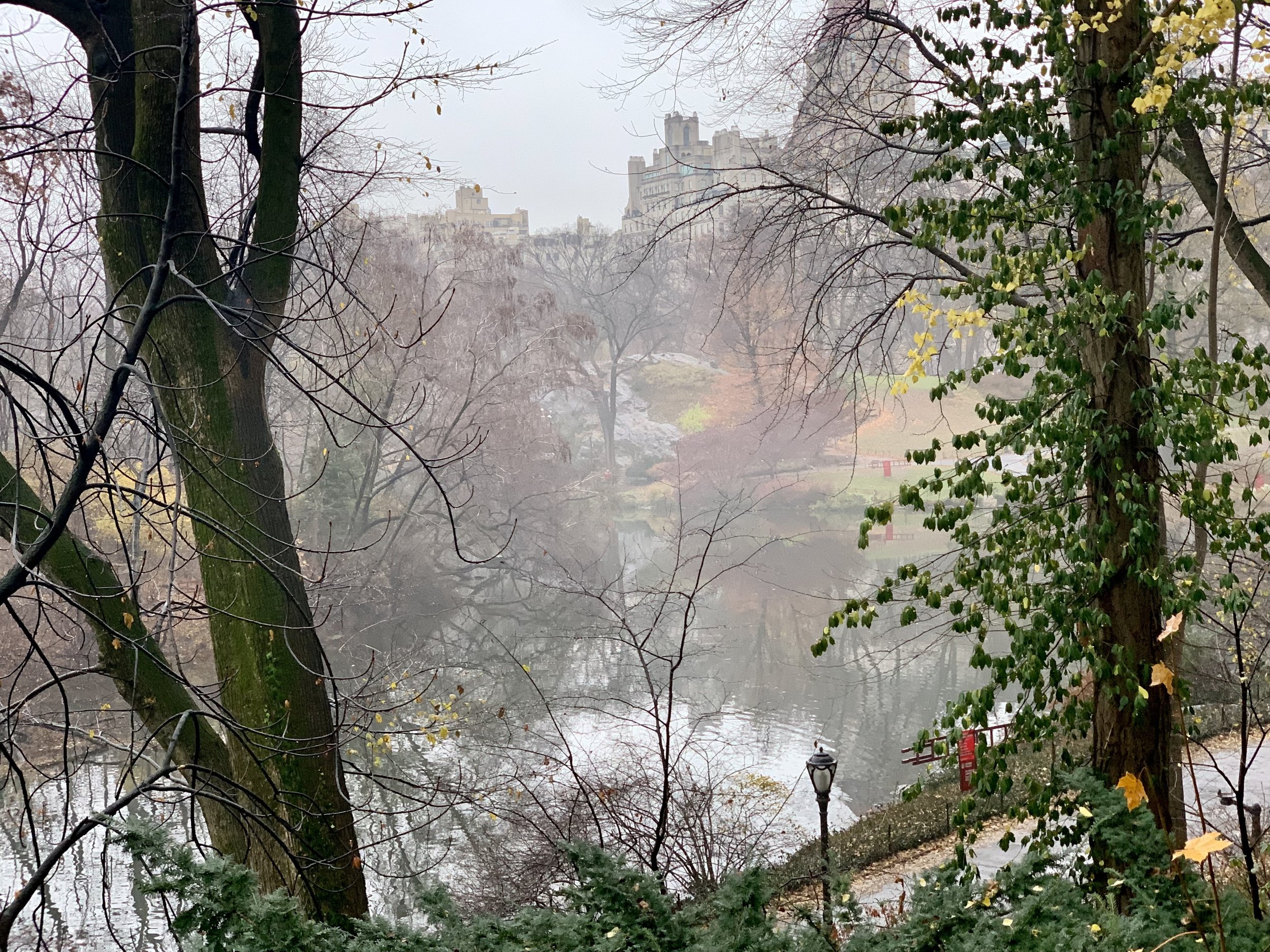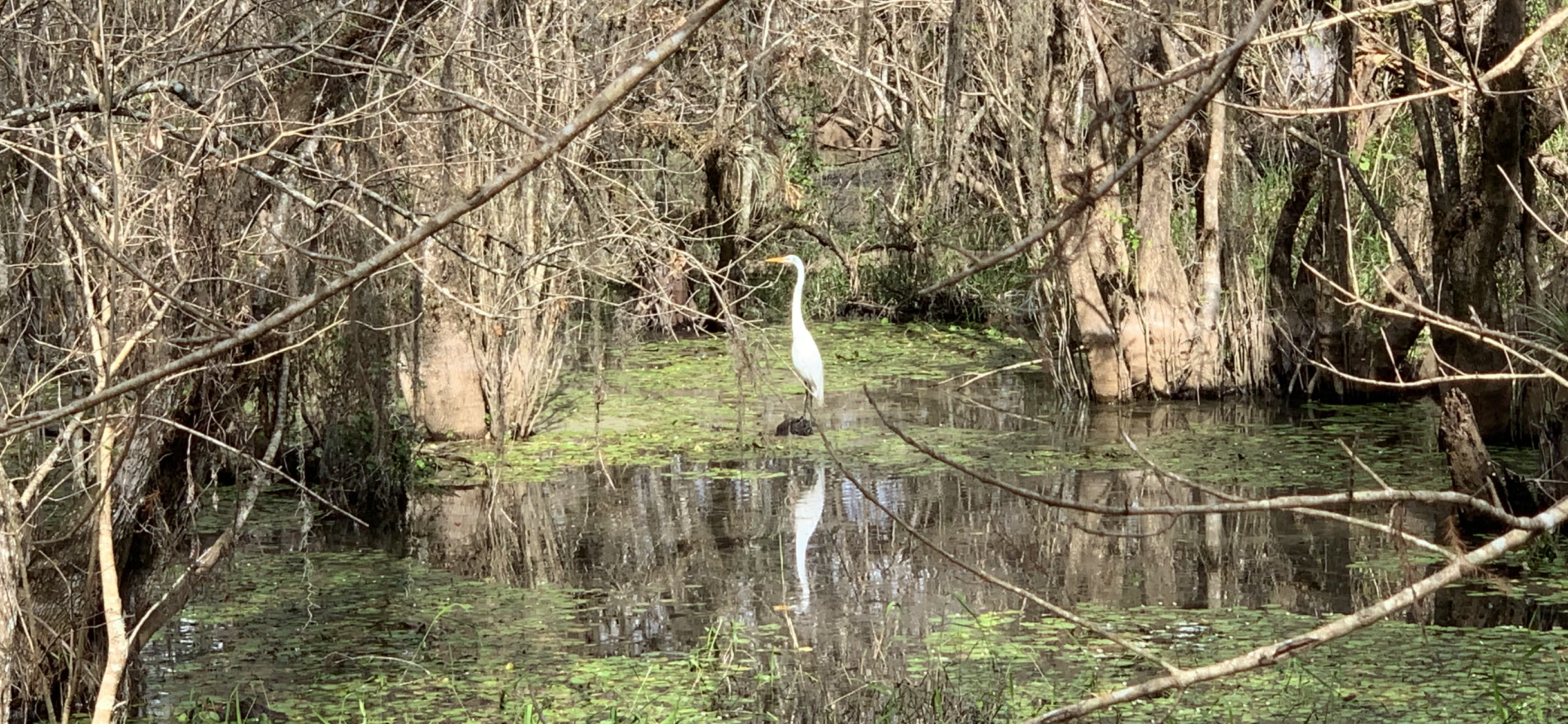Generosity and Contentment Go Hand-In-Hand
/Contentment at its best. nature always leads us back onto the path. (photo by Ed Gonzalez)
The Buddha laid out a path for awakening the mind and heart. The first instruction he gave his monks was to practice dana or generosity. According to the Insight Meditation Society: The practice of generosity develops lovingkindness and compassion, deepens awareness of our interconnectedness and encourages non-attachment. Giving is said to benefit both the giver and the receiver – the giver practices sharing and letting go, and the recipient practices acceptance of what is presented.
The Yoga Sutras also laid out a path for further awakening. One of the practices that it prescribes is Samtosha or Contentment, described in Chapter 2, Sutra 42: From an attitude of contentment (santosha), limitless happiness, mental comfort, joy and satisfaction occur.
I think that generosity and contentment go hand-in-hand. The more content we can be with the way things are for us in the moment, the easier it is to be generous. And the more generous we can be with what we have and how we receive what we’ve been given, the more feelings of contentment will arise.
During the holiday season, we can feel like we don’t have enough money to buy gifts and time to do everything we want to. The remedy to these feelings may be just to be content with the moment-by-moment unfolding of life in and around us, and to discover what life wants to give us in each moment and to accept the moment’s “presents/ce” graciously. As for gift-giving, we may not have the money to buy material things to give as presents, but we can also consider non-material ways of giving, such as a heart-felt phone call or a gentle smile. We can be content with such ways of giving, which in the end may go a longer way towards making another person feel good than any object might. The bottom line is: if we are content with what we have in the moment, it is easy to be generous. And as we are more generous, then undoubtedly contentment will arise as we receive life’s magical giving back to us in each moment.
As I get up there in years, I’m finding myself wanting less and desiring to give away more. I’ve noticed that others in my circle seem to feel the same way. As the Buddha famously said: Contentment is the highest form of wealth. I know that compared to many others, I’m not as materially wealthy. Nonetheless, I do feel wealthy in ways that no one can take from me and that don’t depend on whether the stock market is going up or down.
It's been a strange year, for sure. Many unexpected victories and many sad events. The Danish Poet Soren Kierkegaard wrote: “Life can only be understood backwards, but it must be lived forwards.” And so, as you look back at your victories and losses over the past year, I hope you can savor them and learn from each one, and move forward into the new year from a place of contentment. I hope your contentment leads to more generosity – both towards yourself and others. I hope that spirals back to you truly feeling wealthier, more mental comfort, and much joy.
May you be happy, …
May you be healthy, …
May you practice generosity and contentment, …
May your mind and heart be further awakened, …
May your further awakening be the greatest gift you can offer for the benefit of ALL Beings everywhere.
Aloha and Metta, Comfort and Joy,
Paul Keoni Chun
The sun is rising on a new day, a new year, and a new beginning.


